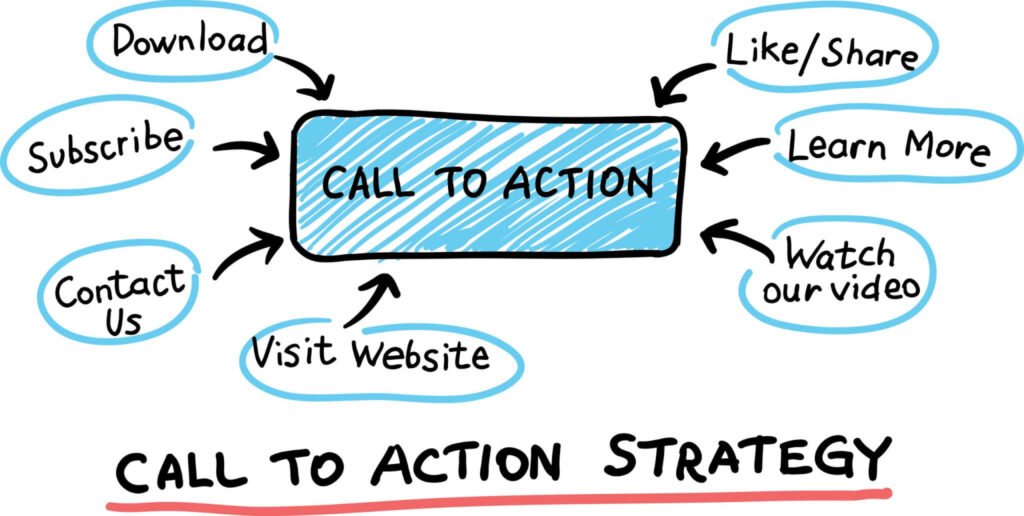A compelling call-to-action (CTA) is the key for turning visitors into valuable leads or customers in the digital realm. Effective CTAs require a deliberate blend of psychology, creativity, and audience comprehension.
Understanding the CTA’s Psychology
Begin by understanding the psychology of CTAs. Users require specific instructions. Choose action verbs, build urgency, and emphasize the benefits. Understanding your audience’s demands allows you to create CTAs that are relevant and urge action.
Above the Fold Is Important
CTAs should be carefully placed, preferably above the fold. Make sure they’re visible without having to scroll. This prominent location increases user engagement and conversions. Make the CTA difficult to miss.
Crafting Compelling Copy
Your CTA’s phrasing is important. Be succinct while still being compelling. Use action-oriented terms that elicit an immediate response. Create a sense of urgency, encouraging visitors to act promptly. “Grab Your Discount Now!” communicates urgency and value.
Personalization for Impact
CTAs should be tailored to the user’s behavior and preferences. Personalized CTAs increase conversion rates. Use data analytics to learn user preferences and provide bespoke CTAs that are tailored to individual requirements.
Optimization through A/B Testing
Don’t underestimate the effectiveness of A/B testing. Experiment with different Call-To-Action (CTA) colors, copy changes, and positions to see what works best for your target demographic. Continuous testing improves your strategy and ensures ongoing optimization.

Buttons and graphics for visual appeal
Visual components are quite important. Make eye-catching buttons out of clashing hues. Use images to direct attention to the CTA. A well-designed CTA stands out graphically, prompting consumers to take action.
FOMO (Fear of Missing Out) is being created.
Include FOMO in your CTAs. Offers that are only available for a limited time, exclusive bargains, or early access create a sense of urgency and exclusivity. “Join Now for Exclusive Access” triggers FOMO, compelling users to act swiftly.
Mobile Optimization is Non-Negotiable
With the number of mobile users increasing, CTAs must be mobile-friendly. Optimize for different screen sizes to ensure a consistent user experience across devices. A time-consuming mobile Call-To-Action (CTA) can result in missed opportunities.
Integration of Social Proof
Increase the impact of your CTA by incorporating social proof. In the vicinity of CTAs, highlight testimonials, reviews, or user-generated content. Positive affirmations boost confidence and encourage users to take action.
Design and message simplicity
Simplicity is essential. Avoid crowded designs and perplexing messaging. A clear, succinct CTA reduces confusion and speeds up the decision-making process. At a glance, users should comprehend the value and action required.
CTAs at Various Stages of the Funnel
CTAs should be tailored to the consumer path. A CTA at the awareness stage may focus on education, but a CTA at the decision stage may drive a direct purchase. Aligning CTAs with the funnel stage enhances relevance and impact.
Social Media CTAs: Engage and Share
Encourage participation and sharing on social media sites. CTAs like “Tag a Friend” or “Share for a Chance to Win” focus on the collaborative nature of social networks, organically broadening your audience.
Analyzing and Iterating for Success
Analyze the performance of your CTAs. Metrics like as click-through rates and conversion rates provide useful information. Analyze data to improve strategies and optimize CTAs for long-term success.
Conclusion
CTAs that work are the secret ingredient in the recipe for online success. Understanding your target audience, strategic placement, appealing text, and ongoing optimization are the factors that go into creating high-converting CTAs. Master the technique, and your engagement and conversions will skyrocket.


